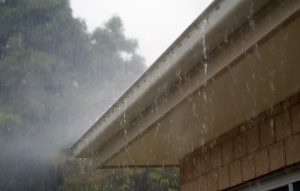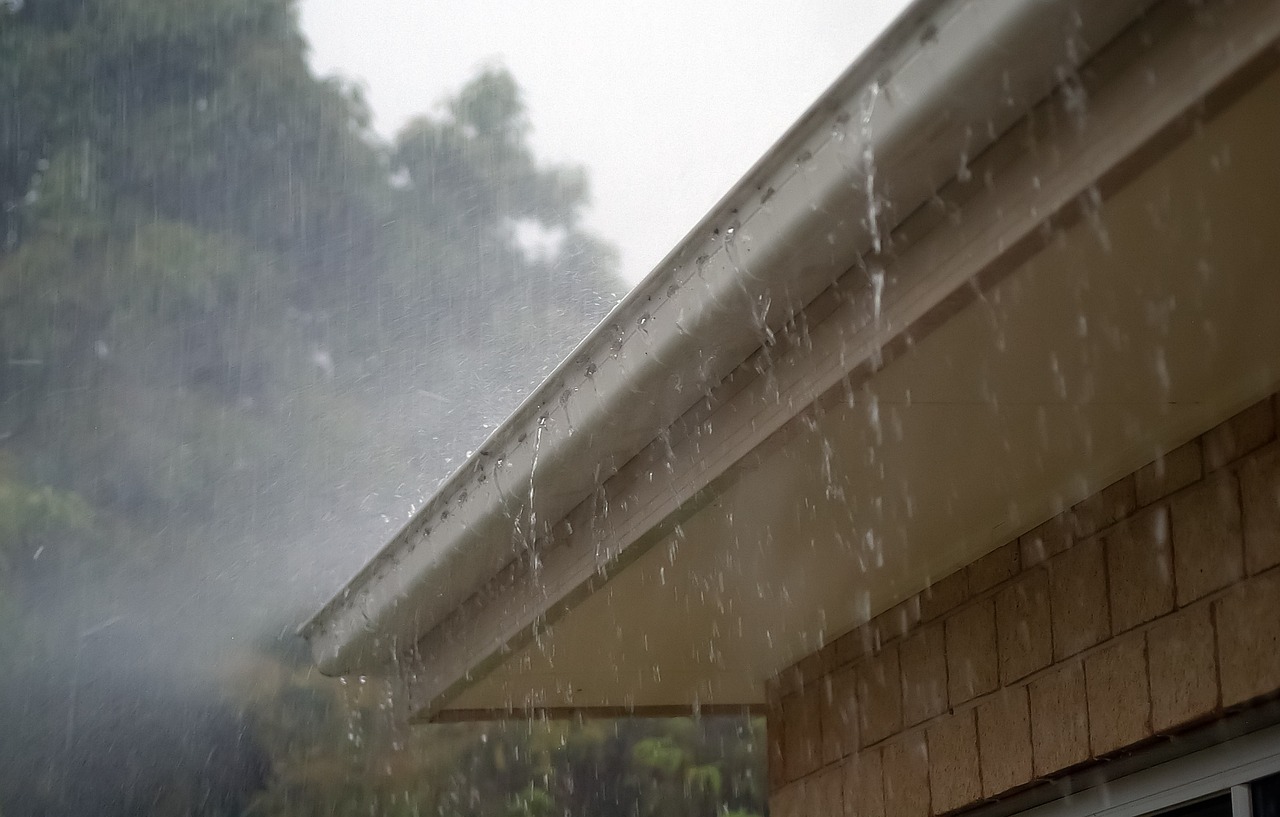When we are thinking about the external home upgrades that keep our families safe and comfortable, protecting them from the elements should be one of the biggest priorities. Depending on where you live, you’re going to face various adverse weather conditions like heavy rain, strong winds, snowstorms, and the polar opposites like scorching summer days and earthquakes.
Our home should be the first line of defense against the elements, and preventing wear and tear caused by weather doesn’t just ensure we’re keeping our home safe and cozy, but it can also preserve the value of the home, regardless of what the forecast looks like. Let’s show you some preventative steps and smart investments that can make a huge difference in avoiding costly repairs further down the line.

Installing a Gutter Protection System
One of the most overlooked yet critical steps in weatherproofing your home is installing a gutter protection system. Gutters play a huge role in safely directing rainwater away from the roof, siding, and foundations. When gutters are left to clog due to leaves, pine needles, and debris, water can overflow, causing roof leaks, water damage to the exterior walls, and, if you’ve got one, a flood in the basement.
A gutter protection system will solve this problem by preventing debris from infiltrating your gutters and allowing water to flow freely. What does this mean? Less time climbing ladders to clear out gutters, and peace of mind during heavy rains and storms. For busy families, this upgrade can be a lifesaver because it reduces maintenance and keeps your home safe from water damage all year round.
Weatherproofing Your Roof
It’s something we don’t necessarily see, but it makes logical sense that our roof is going to bear the brunt of harsh weather conditions. The rain that pounds down on it, strong winds, hail, and heavy snow; your roof is one of the first lines of defense, but this means you need to get into a maintenance mindset.
Conducting regular roof inspections and getting into the habit of small maintenance tactics can help you spot minor issues before they become major. Some of the things to look for would include missing or damaged shingles, flashing cracks, or areas where water can pool, because these signs are little hints that your home could be extremely vulnerable when the weather gets worse.
Thankfully, there are upgrades that can make a big difference here, like impact-resistant shingles or strong tiles that are designed to handle hail and wind damage. In colder climates, you may want to add an ice and water shield under your roofing material to prevent leaks caused by ice dams. We can all tend to get into the mindset where a problem is not a problem until it causes major issues. The small fixes can save thousands in home repairs and, more importantly, spare you and your family the stress of a leaky roof during a major weather storm.
Protecting Your Windows and Doors
Windows and doors are more than just your home’s entry points, but weak spots that bad weather can exploit. Strong winds can rattle them, rain can seep in around the edges of your doors because of worn seals, and any flying debris during a major storm can cause lasting damage. The best place to begin is by upgrading to impact-resistant glass, or if you live in areas prone to windstorms or hurricanes, storm shutters.
Even smaller upgrades, like weather stripping around the frames, can prevent drafts, keep rainwater out, and cut down on your energy costs. It doesn’t take long to seal small gaps; it can be a simple weekend project. If you’ve got older wooden frames or sliding doors, consider reinforcing them with weather bars or secondary locks for added strength to protect your home from the weather while enhancing your home’s security at the same time.
Maintaining Your Landscaping
It might not be the first thing you think of, but your backyard or front lawn can play a big role in home weather protection. Overhanging branches can crash into roofs and windows during storms, and loose outdoor items like gardening equipment or patio furniture can be a major adversary in high winds.
If you’ve got tall trees next to your roof, be sure to trim them and secure outdoor items or store them away when severe weather is predicted. Landscaping that aids drainage can also prevent flooding around your foundations, so think about French drains, dry wells, or rain gardens that naturally direct water away from the home.
Securing Your Foundation
Your foundation is what will hold your home together, so protecting it should be a priority. If you see water pooling around the foundations, this could seep into the basement, cause cracks, or, over time, shift your home’s structure. This is why inspecting your foundations regularly for small cracks and sealing them with waterproof fillers is critical.
Make sure your downspouts extend away from the base of your home so water doesn’t pool nearby, and items like a sump pump can keep basements dry. Some of the low-cost preventive steps you can take can make a massive difference.
Preparing for Power Outages
Finally, bad weather often means extensive problems with the power, leaving you in the dark and causing issues with your heating or refrigeration. Having a plan in place will make all the difference, such as investing in a backup generator.
Smaller portable generators can keep the important electronics running, while battery-powered flashlights or lanterns, along with an emergency kit, will reduce stress and keep everybody safe during unpredictable storms.
Protecting your home from bad weather doesn’t always mean major renovations, but many times it’s about those small adjustments, minimal maintenance, and investing in the right areas. Peace of mind is priceless, and knowing that your home is ready to face whatever Mother Nature throws its way means you can focus on what matters most. By making these thoughtful upgrades, you’re going to safeguard your home and reduce worry, keeping everybody protected, no matter the forecast.





